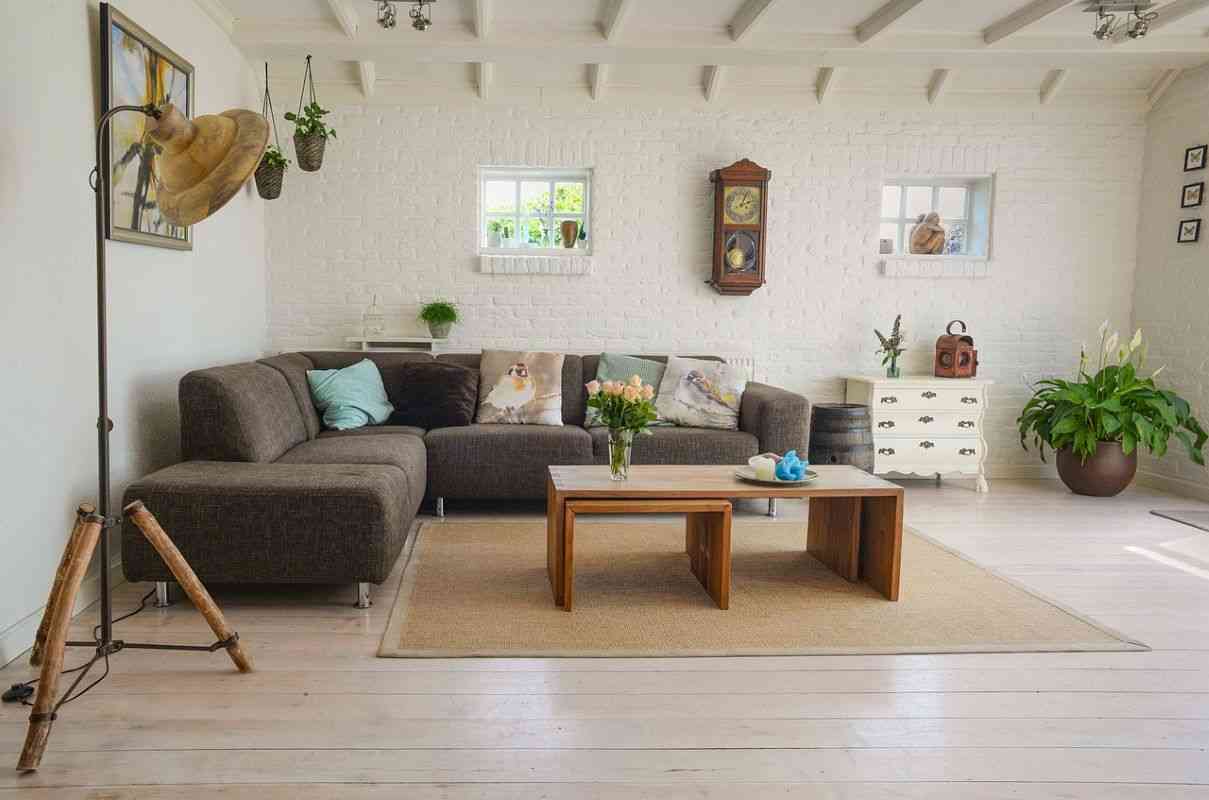These autism-friendly decor tips can help make your home a welcoming sensory paradise for neurodivergent and neurotypical guests.
Change can be a daunting prospect. This is true for many, especially those living with Autism Spectrum Disorder (ASD). People with autism find comfort in routine and familiarity and can be intimidated by just the idea of going to new places or altering elements of their lifestyle.
This means that the process of moving house is likely to be overwhelming. Buying a new home means having to get used to a new location, and possibly facing the challenge of independent living. The property itself, therefore, needs to be as comforting as possible in order to make the experience more manageable and enjoyable.
If your loved one with ASD is in the process of renting or purchasing their own property, provide support by implementing these three autism-friendly décor tips in the new home.
This post contains affiliate links, so if you make a purchase, we may receive a small commission at no additional cost to you. As an Amazon associate, we earn from qualifying purchases.
Autism-friendly decor tip: Introduce soothing colors
The most important thing to do when decorating is to introduce soothing colors into each room. Vibrant shades could trigger sensory overload in people living with autism, so stick to neutral tones, natural earthy colors, and calming greens and blues.
It might be advantageous to purchase a new build home rather than an older property so that you have a deliberately blank canvas to work with. The colors that you use on the walls can be carried over into the rest of the décor such as cushions, rugs, chairs, and curtains.
Autism-friendly decor idea: Increase storage space
Chaotic environments are also likely to lead to sensory overload, so when considering autism-friendly decor, make sure that all spaces in the home can be kept clutter-free.
Increase storage space by adding appropriate furniture and other storage solutions like bins, baskets, and shelves. This means that all possessions can be easily kept out of sight and out of mind when not needed, contributing to an overall peaceful atmosphere. Make sure that there is enough space to keep possessions separated in a way that makes sense to the resident.
Remember that people with autism often prefer areas of the home to be clearly defined rather than blended. For example, make sure that cooking equipment is stored in the kitchen, clothes are kept in a wardrobe in the bedroom, and personal hygiene products have a special spot in the bathroom.
Autism decor advice: Add sensory-friendly elements
You want to avoid over-stimulation within the home, but you can still add sensory-friendly elements to the overall design. These small touches will go a long way toward making the space enjoyable to live in.
In the living room and bedroom, textured pillows and weighted blankets can provide instant comfort. You could also introduce fidget toys into the space; these help people with autism to manage anxiety and improve focus, especially when they are experiencing a surge of extreme emotion.
Harsh overhead lighting can be stress-inducing, so for autism-friendly decor, consider upgrading the standard lighting of the home to create more ambiance. You might add a dimmer switch to overhead lights or simply introduce lamps for a warm, soft illumination in the evening.
Do you have autism-friendly decor tips? Share them with our community in the comments!
More Autism & Neurodiversity Resources in The Ability Toolbox
- Sensory-Boosting Therapeutic Gifts for Kids with Autism
- Sensory-Friendly Bathroom Design Guide
- Navigating Self-Diagnosis Conversations with Your Doctor
- How to Design a Sensory Garden
- Accepting My Neurodiversity Has Helped Me Better Understand My Autistic Teen
Image by Skitterphoto via Pixabay
Follow me down the rabbit hole!
I'm Alice and I live with a dizzying assortment of invisible disabilities, including ADHD and fibromyalgia. I write to raise awareness and end the stigma surrounding mental and chronic illnesses of all kinds.




















